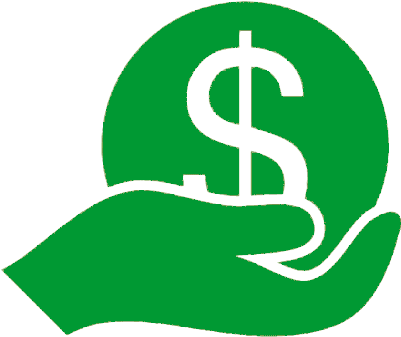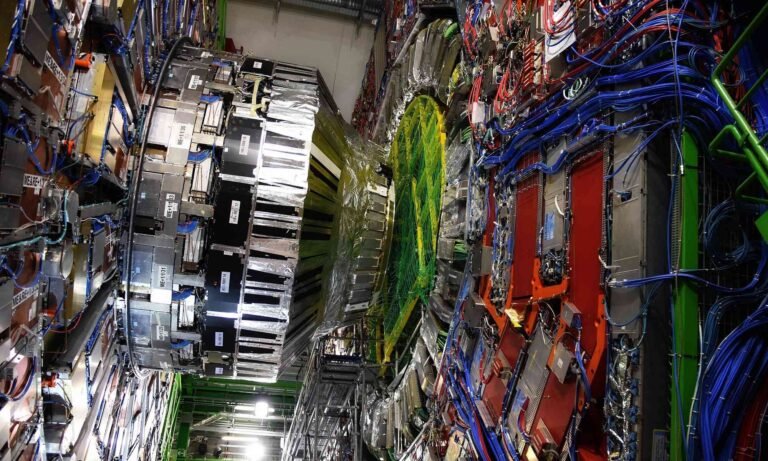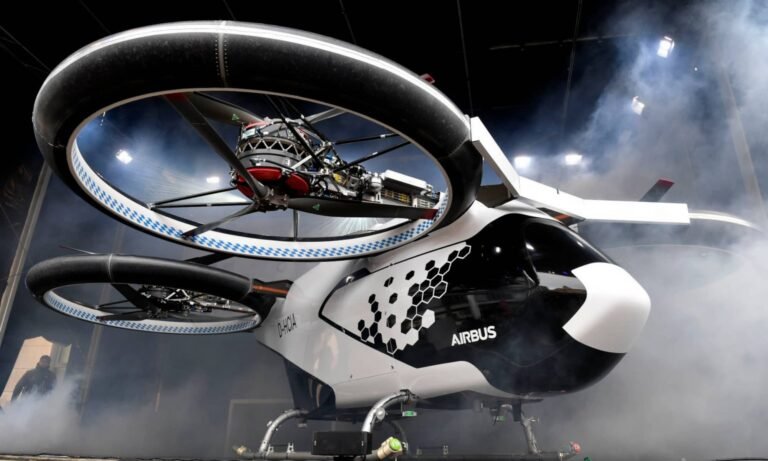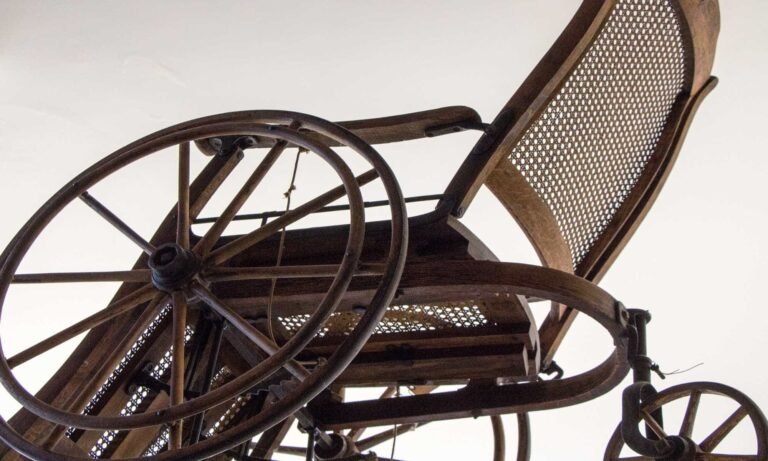The Evolution
The origins of industrial design can be traced back to the mid-1800s when large-scale production of goods was becoming more common. Peter Behrens, a German architect and designer, is credited with being an early pioneer of industrial design.
Industrial design has evolved from its origins in the Industrial Revolution to its popularity today through key stages: Industrial Revolution: Mass production techniques emerged, focusing on efficiency and standardization. Arts and Crafts Movement: Emphasized craftsmanship, quality, and artistic expression in design.
The Definition
Industrial design is a process of design applied to products and industrial goods that are to be manufactured through techniques of mass production. Product design is one of many niches within industrial design often defined by the kinds of products it designs. Just like a dentist is a specialist within the larger medical field.
“What is Industrial Design?” – Let some members of the Industrial Designers Society of America (IDSA.org) explain ID and its impact on our everyday lives:
The 32 Steps
1. Idea Sketch
Employed at a personal level to quickly externalize thoughts using simple line-work. Also known as Thumbnail, Thinking or Napkin Sketch.
2. Study Sketch
Used to investigate appearance, proportion and scale in greater detail than an Idea Sketch. Often supported by the loose application of tone/color.
3. Referential Sketch
Used to record images of products, objects, living creatures of any relevant observations for future reference or as a metaphor.
4. Memory Sketch
Helps expand thoughts during the design process using mind maps, notes and annotations.
5. Coded Sketch
Informal coded representation that categorizes information to demonstrate an underlying principle or scheme.
6. Information Sketch
Quickly and effectively communicates features through the use of annotation and supporting graphics. Also known as Explanatory or Talking Sketch.
7. Sketch Rendering
Clearly defined proposal produced by controlled sketching and use of color/tone to enhance detail and realism. Also known as First Concept.
8. Prescriptive Sketch
Informal sketch for the exploration of technical details such as mechanisms, manufacturing, materials and dimensions.
9. Scenario & Storyboard
Describes interactions between user and product, sometimes in an appropriate context.
10. Layout Rendering
Defines the product, proposals as a third angle orthographic projection with precise line and color.
11. Presentation Rendering
Contains a high level of realism to fully define product appearance as a perspective view. Particularly useful for decision making by non-designers.
12. Diagram
Schematic representation of the operating principle of relationship between components. Also knows as a Schematic or Diagrammatic Drawing.
13. Perspective Drawing
Descriptive three-quarter view produced using a perspective drawing technique. Created using line only without the application of color or tone.
14. Gen. Arrangement Drawing
Exterior view all components using line only and with sufficient detail to produce an Appearance Model if required. Usually drawn in third angle projection.
15. Detail Drawing
Contains detail of components for the manufacturing product. Also known as Technical, Production or Construction Drawing.
16. Technical Illustration
Communicates technical detail with a high degree of realism that is sometimes supported with symbols. Includes Exploded views.
17. Sketch Model
Informal, relatively low definition 3D model that captures as the key characteristics of form. Also known as a Foam Model for 3D Sketch.
18. Design Development Model
Simple mock-up used to explore and visualize the relationships between components, cavities, interfaces, and structures. Usually produced using CAD.
19. Functional Model
Captures the key functional features and underlying operating principles. Has limited or no association with the product’s final appearance.
20. Operational Model
Communicates how the product is used with the potential ergonomic evaluation.
21. Appearance Model
Accurate physical representation of product appearance. Also known as a Block Model as it tends not to contain any working parts.
22. Assembly Model
Enables the evaluation and development of the methods and tools required to assemble products components.
23. Production Model
Used to evaluate and develop the location and fit a of individual components and sub-assemblies.
24. Service Model
Supports the development and demonstration of how a product is serviced and maintained.
25. Experimental Prototype
Refined prototype that accurately models physical components to enable the collection of performance data for further development.
26. Alpha Prototype
Bring together key elements of appearance and functions for the first time. Uses of simulates production materials.
27. Beta Prototype
A refined evolution of an Alpha Prototype used to evaluate ongoing design changes in preparation for the final specification of all components.
28. Systems Prototype
Integrates components specified for the production item without consideration of the appearance. used to evaluate electronic and mechanical performance.
29. Final Hardware Prototype
Developed from the Systems Prototype as a final representation of the product’s functional elements.
30. Off-Tool Component
Product using the tooling and materials intended for production to enable the evaluation of material properties and appearance of components.
31. Appearance Prototype
Highly detailed representation that combines functionality with exact product appearance. Uses or simulates production materials.
32. Pre-Production Prototype
Final prototype produced using production components. Manufactures in small volumes for testing prior to full scale production.
The Designers
Industrial designers work primarily in offices, but they may travel to the places where the products are manufactured. Industrial designers develop the concepts for manufactured products, such as cars, home appliances, and toys. They combine art, business, and engineering to make products that people use every day.
Who are the top industrial designers in the world? Here’s a list of famous industrial designers with photos, bios, and other information when available. According to Forbes, the Swiss designer and entrepreneur Yves Béhar has been the most influential industrial designer in the world since 2014. Another one who has successfully mastered the ongoing challenges in the design world certainly is Sir Jonathan Ive who designed the iMac, iPod, iPhone, and iPad.
The Awards
- International Design Excellence Awards – The Industrial Designers Society of America is one of the world’s most prestigious design competitions.
- Red Dot Design Award – This international design competition has been recognizing and celebrating outstanding design across various industries for decades.
- iF Design Award – One of the oldest and most recognized design awards, it celebrates innovative designs that improve the quality of life.
- A’ Design Award & Competition – This competition aims to highlight the best designs, design concepts, and design-oriented products worldwide.
- GOOD DESIGN Awards – Presented by The Chicago Athenaeum Museum of Architecture and Design, these awards honor new and innovative industrial, product, and graphic designs.
- European Product Design Award – This competition recognizes the efforts of talented international product designers who aim to improve our daily lives with practical and well-thought-out creations.
The Customers
Customers seek custom products, the timely delivery of products, safe products, products that are simple to use and products that require little maintenance as well as products that are low in cost, high in quality and backed by warranties. In addition, some customers consider the environmental impact of a product in terms of its production, function and disposal. These customer preferences are key considerations in the development of both a product design strategy and a business strategy.
As a result, product design strategy is a key element of an organization’s business strategy in that the former determines the characteristics and performance of new services and goods that can contribute in a significant way to sales revenue. Product design is the means by which customer demand for new and varied products can be met, a key focus of business strategy.
The Future
Expectations and empathy shape the future of product design: A product today is rarely just physical, but consumer’s expectations for meaningful product experiences are greater than ever. The challenge for designers is to bring empathy and sensitivity to their work, regardless of the tools and technologies at their disposal. Understanding the emotional needs and behaviors of users is crucial for creating products that truly resonate. By prioritizing human-centered design, designers can craft experiences that leave a lasting positive impact on consumers.
What’s More
The posts in My Blog feature reflective, story-driven pieces rooted in personal and societal insights.
The topics in My Interests explore abstract, philosophical ideas and their cultural and societal impact.
👁️ 9,432 Views














